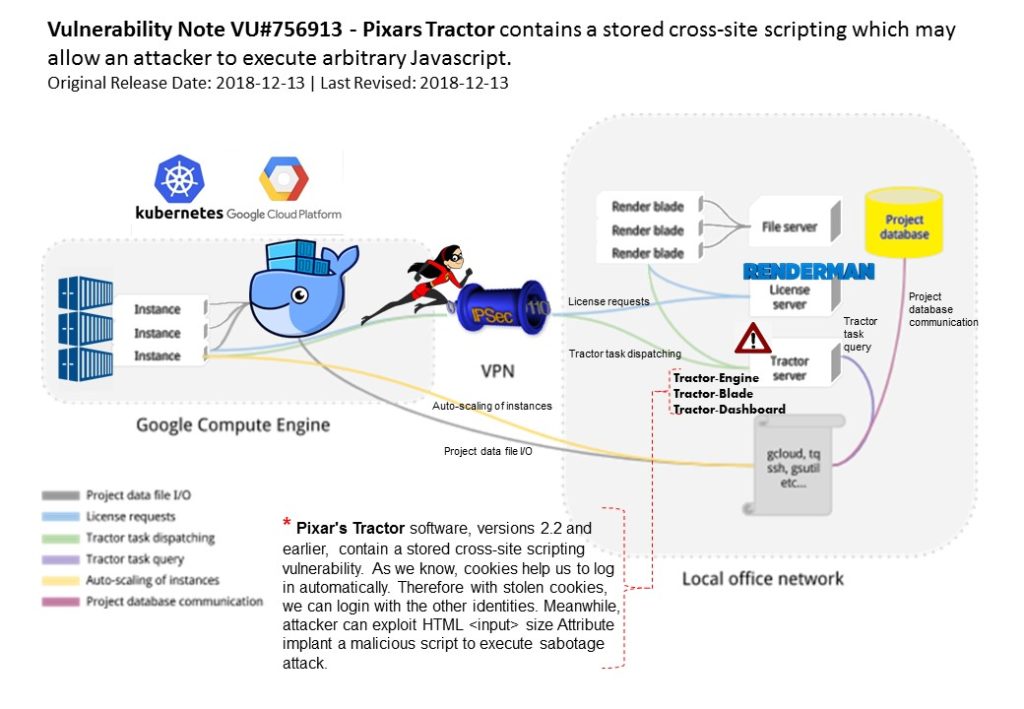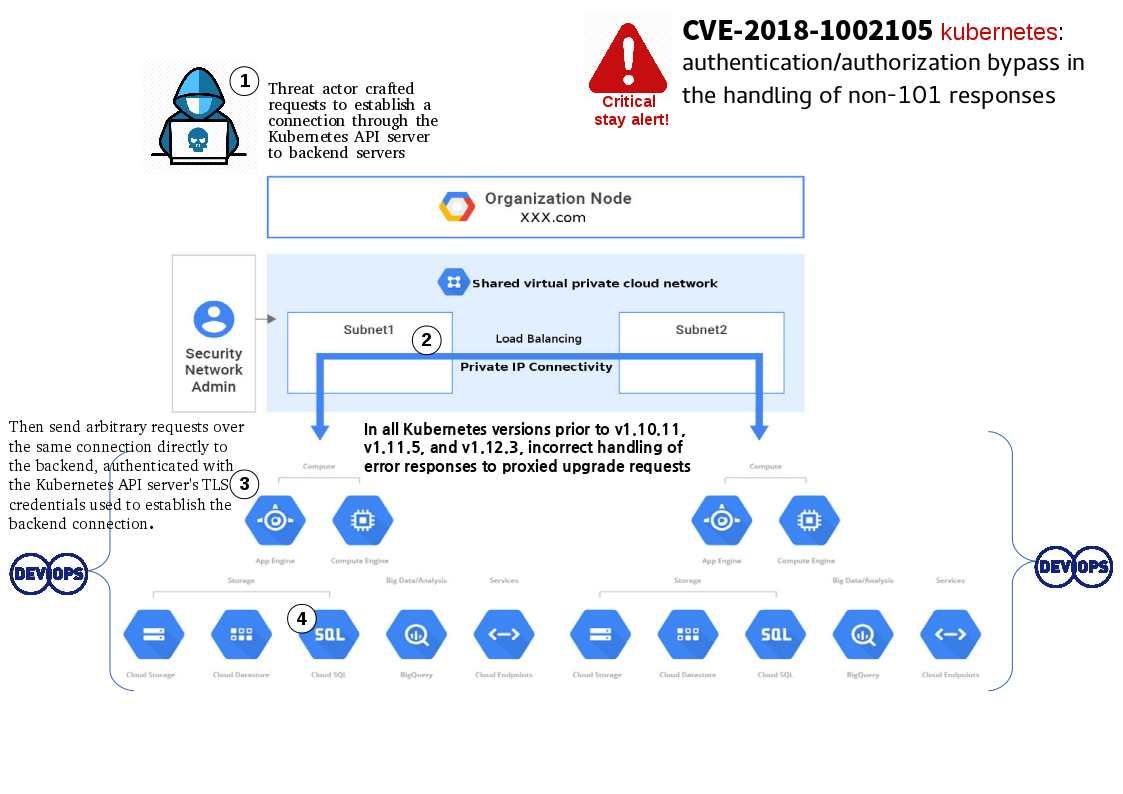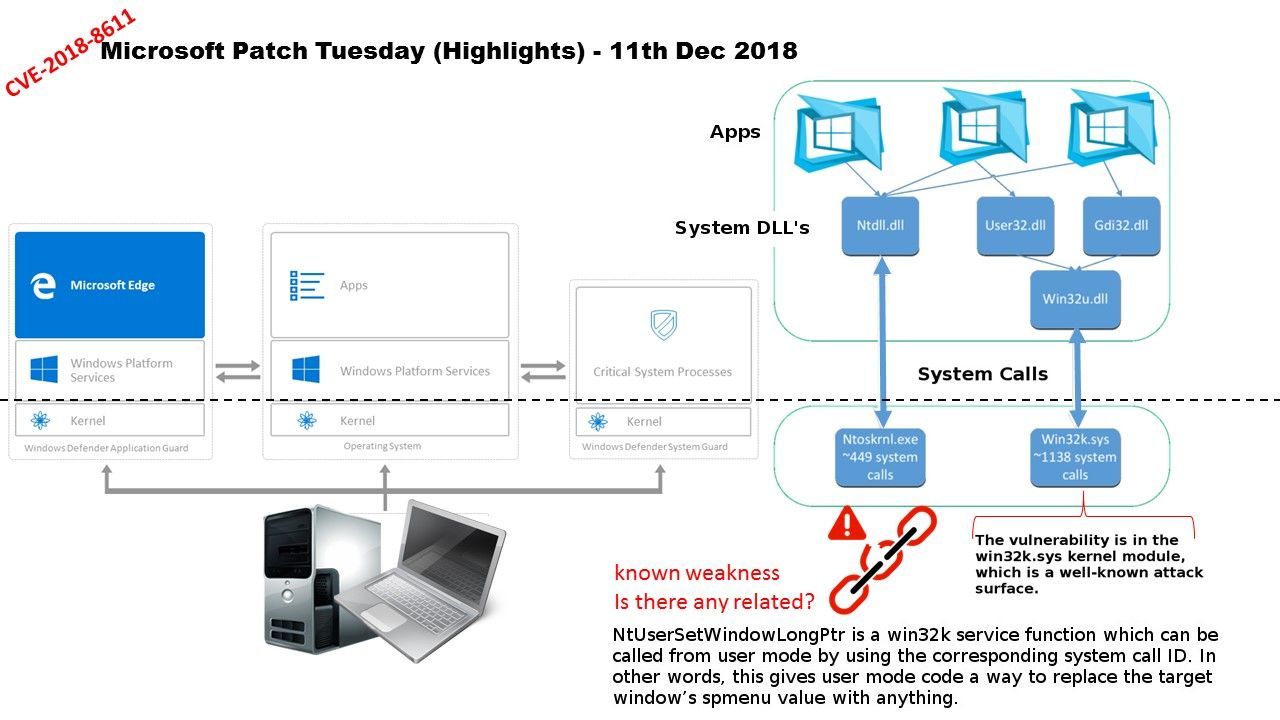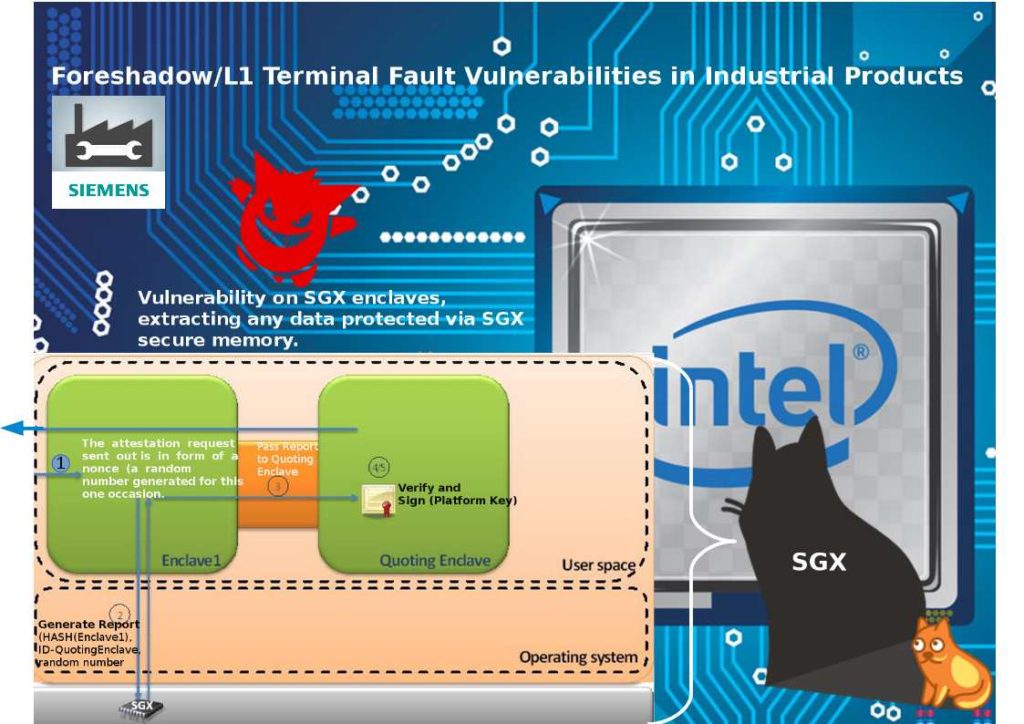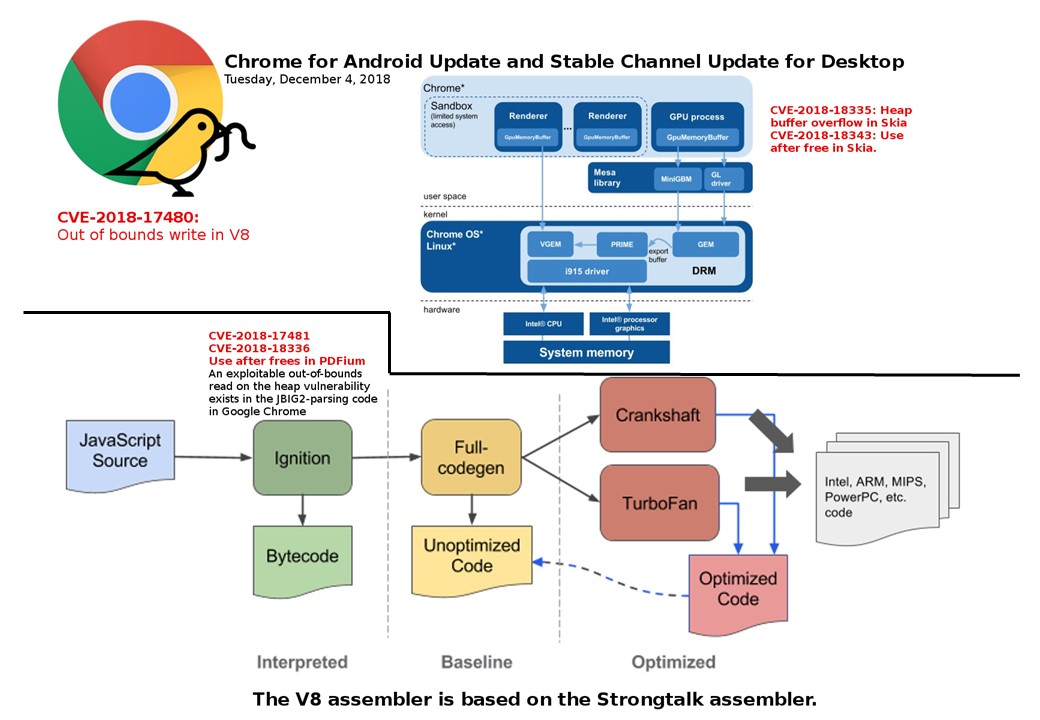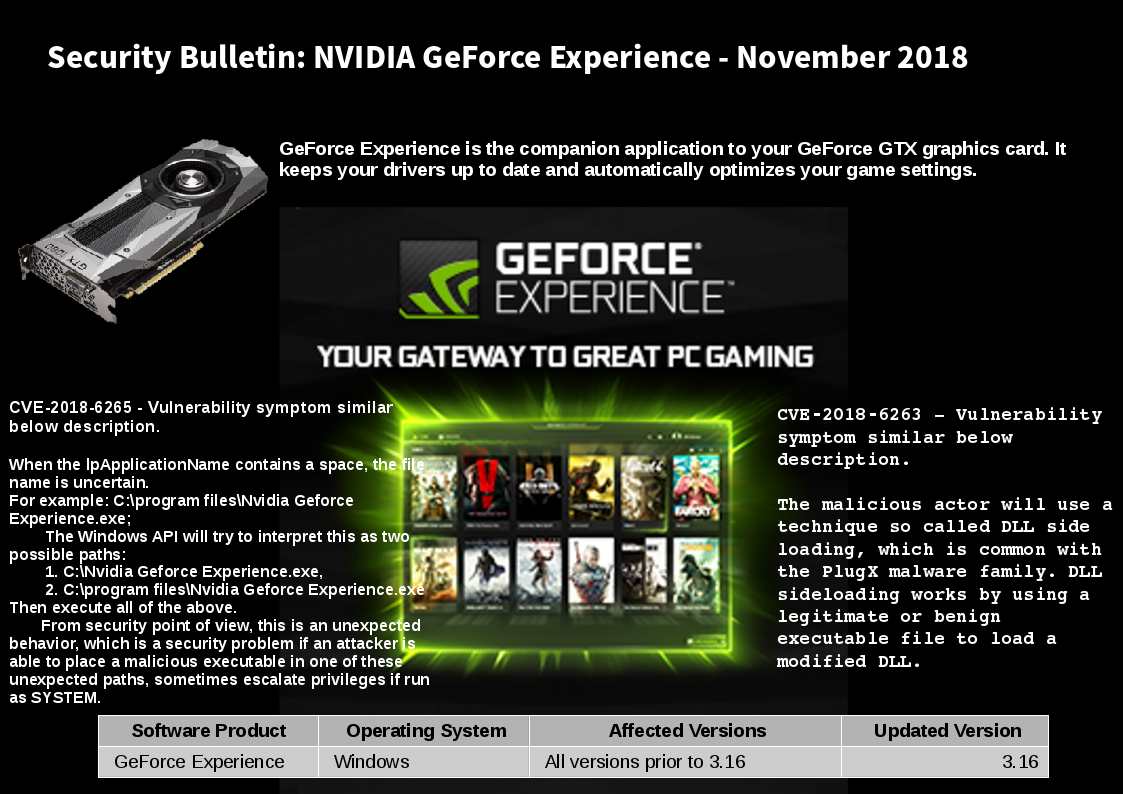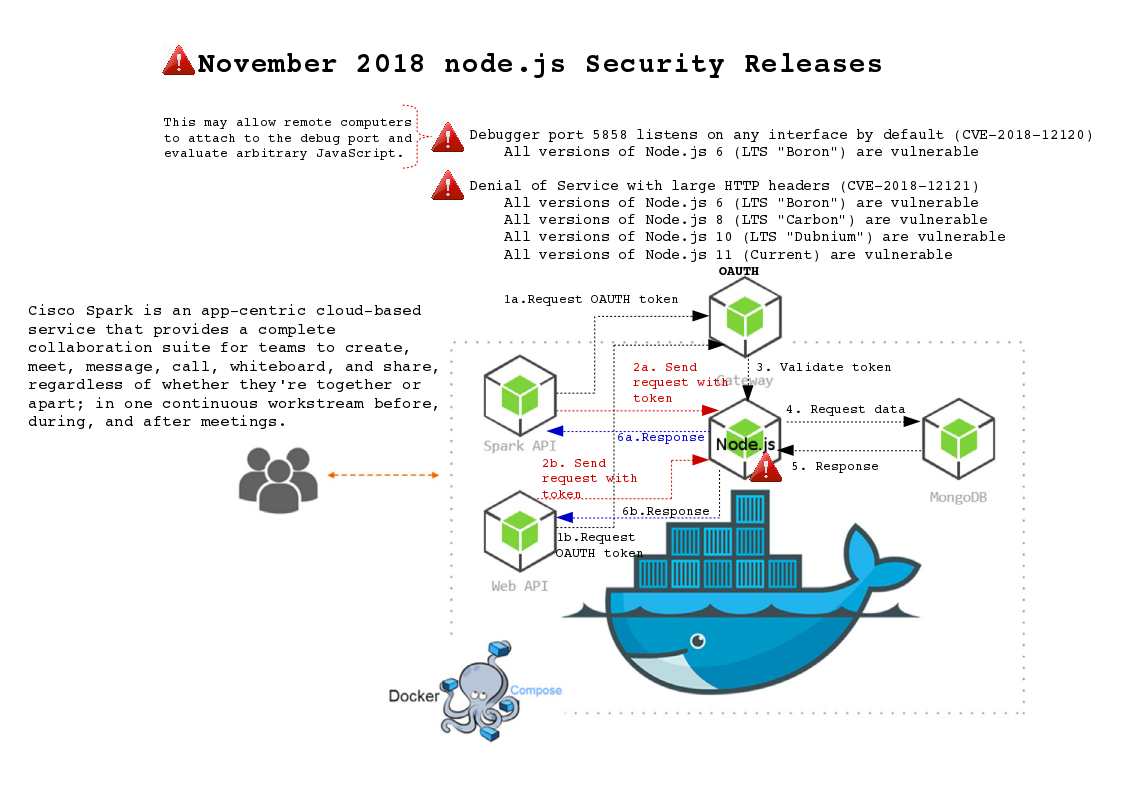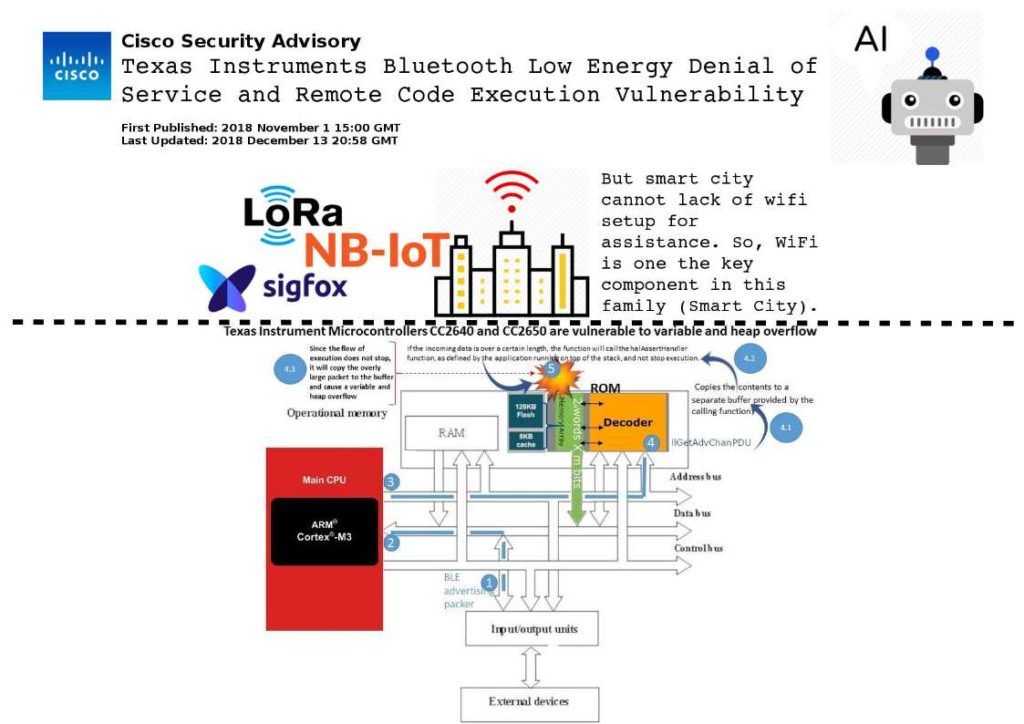
Preface: Key component of smart city are the IoT devices. The communication protocol of the IoT devices are Lora, SigFox and NarrowBand (NB).
Background: In realistic, smart city cannot lack of wifi setup for assistance. So, WiFi is one the key component in this family (Smart City).
Vendor Cisco follow up TI BLE chips vulnerability – CVE-2018-16986: Suggest verify with the following command on wireless AP device. If device show not support BLE function and therefore confirm device not vulnerable.
ap# show controllers bleRadio 0 interface
BLE not supported on this platform
If it is supported, please review below URL:https://tools.cisco.com/security/center/content/CiscoSecurityAdvisory/cisco-sa-20181101-ap
